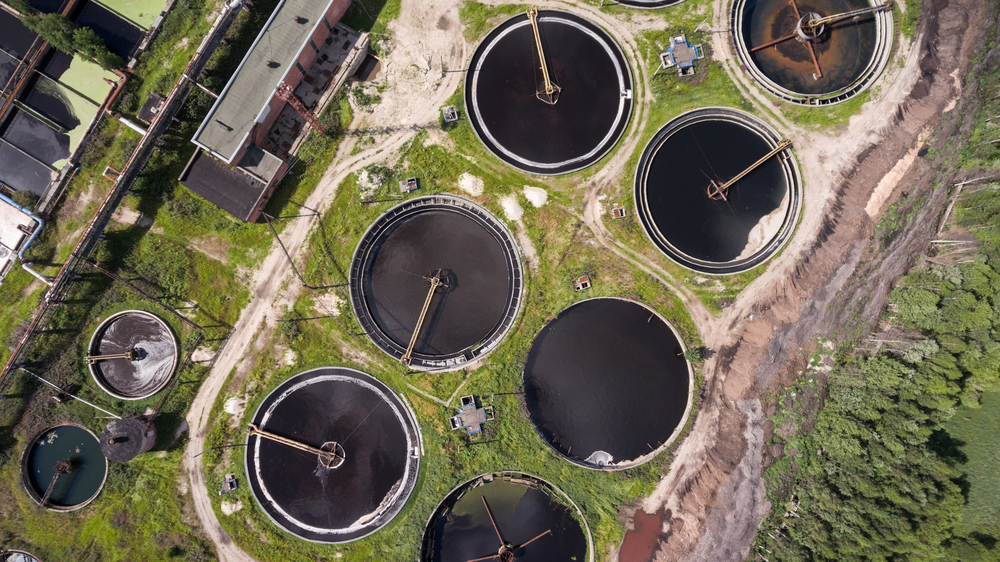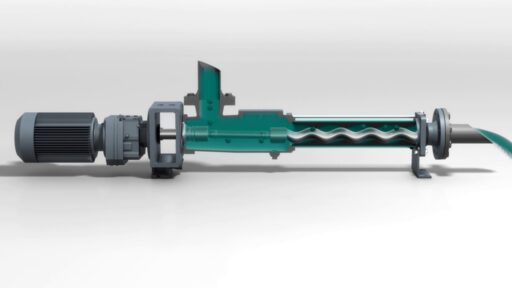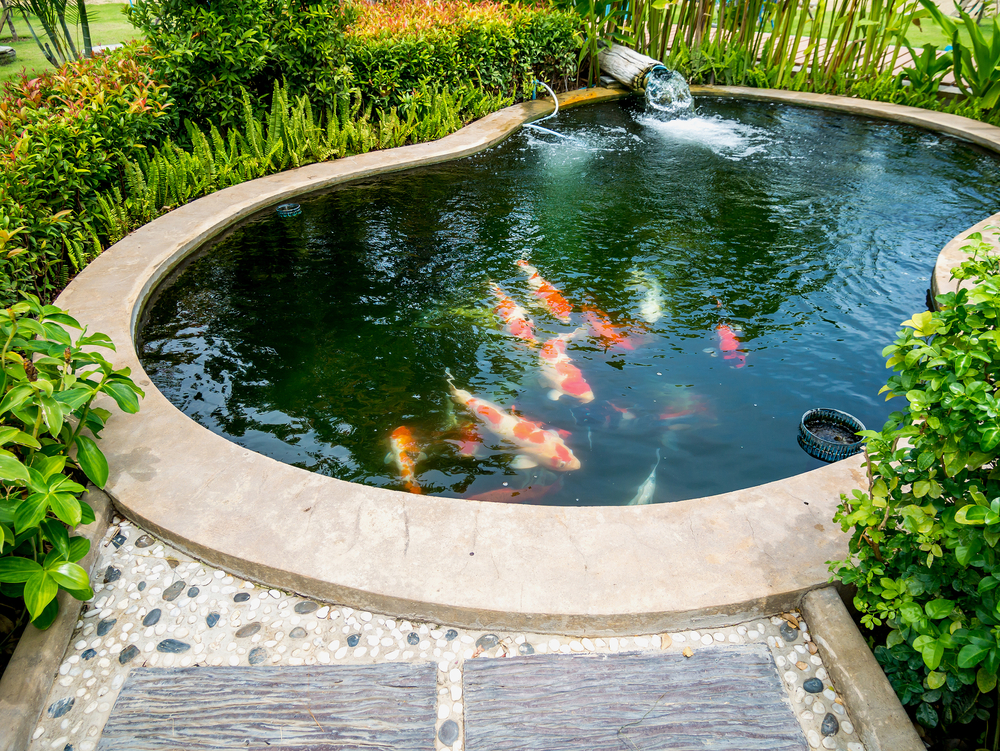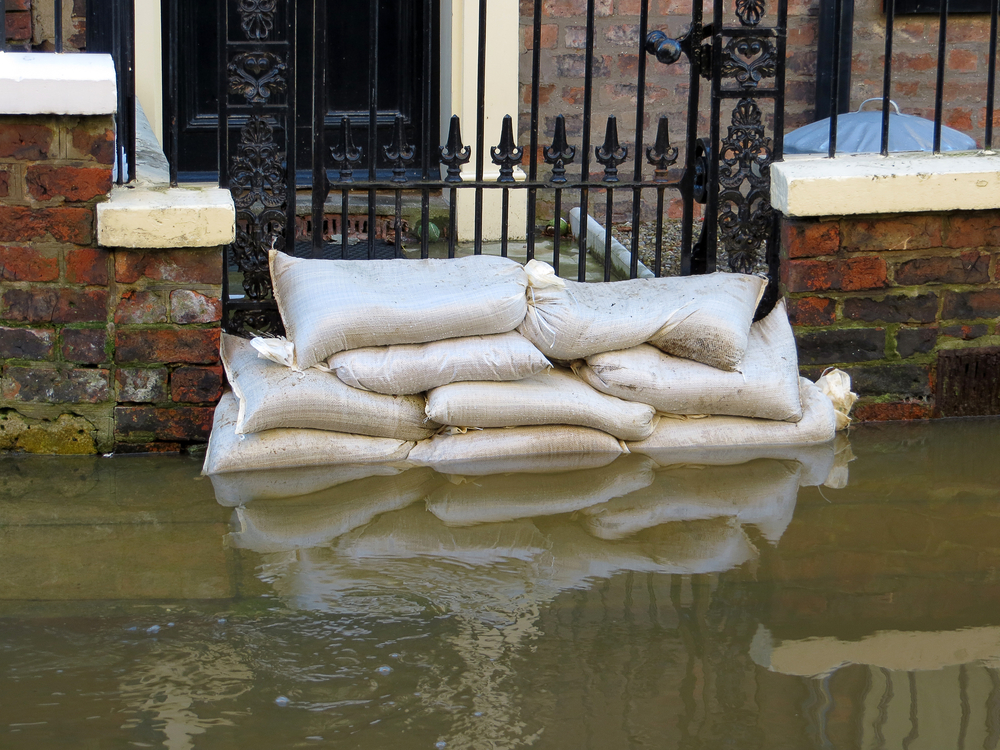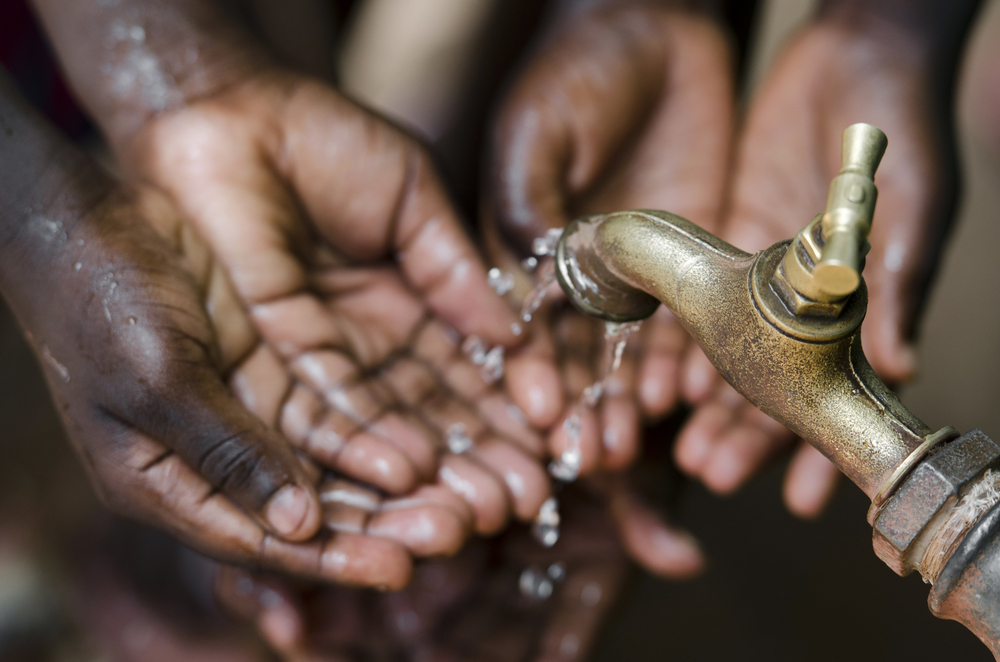Over time, the pressure imposed on water supplies in the UK by climate change has facilitated the construction of close to 9000 wastewater treatment plants. Slowly but surely, they are becoming an important and even ingrained part of how we as a society push back against global warming. Yet so few of us understand or are even aware of the process that transforms the wastewater that leaves our toilets, sinks and showers into potable drinking water. To provide you with a bare-bones look at the basics of the process, we have put together this summary of the role of the wastewater treatment plant.
Screening process
After wastewater is carried away from homes and, via a network of pipes and submersible wilo pumps, arrives at a wastewater treatment plant, it undergoes a screening process. To separate all of the biggest debris that so often accumulates, from the wastewater itself, the wastewater travels through a screen that essentially acts a sieve. The type of screen used varies from plant to plant but the most commonly used screens include both coarse and fine screens, as well as the newer step screens.
Primary treatment stage
At the primary treatment stage, the mixture, newly relieved of its biggest and most easily extracted debris, is placed in a sedimentation tank. Within the settlement tanks, the heaviest material sinks to the bottom to form a layer of sludge. Large arms or scrapers then push this sludge towards the centre of the tank, where it can be disposed of or treated further, leaving a more refined fluid behind. The purpose of the primary treatment stage is to remove solids from wastewater in order to
Secondary treatment stage
The secondary treatment stage involves treating the wastewater to rid it of any remaining organic matter. This happens two ways – through the aeration of the wastewater and through the addition of bacteria. By pumping air into a large tank containing wastewater, bacteria are allowed to grow and thrive, where they break down any remaining nasty substances into harmless organic matter.
Final treatment stage
After undergoing this chemical treatment, wastewater is placed into a humus tank which separates the wastewater into its final constituents. Any remaining bacteria sinks to the bottom, forming sludge, which is then sent for secondary treatment, leaving clean water behind. Depending on which body of water the cleansed wastewater is sent to, an additional step is sometimes carried out – the remaining water can be filtered through a bed of sand to remove any resolute particles.
Once the entire water reclamation process has been completed, the treated water can be sent to any number of different locations. The majority of treated wastewater in the UK goes back into the country’s streams and rivers and some is even discharged into the sea. Because treated water is subject to such rigorous testing by regulatory bodies, all reclaimed water bolsters the quality of water throughout the UK, not to mention availability.

